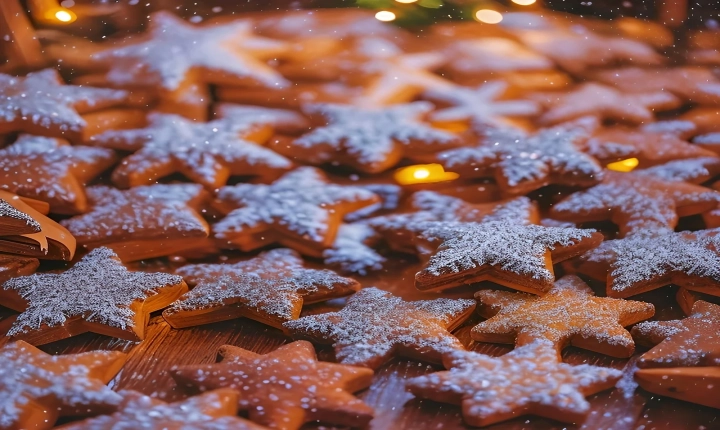Title: How to Reverse AI Photo: A Step-by-Step Tutorial for Beginners
In recent years, the use of artificial intelligence (AI) to alter and enhance photos has become increasingly popular. AI technology has made it easier than ever to transform photos with filters, effects, and even age progression. However, as the technology continues to evolve, there is a growing interest in understanding how to reverse the effects of AI on photos. Whether it’s to restore an original image or to undo unwanted changes, the ability to reverse AI photo modifications can be a valuable skill for photographers, digital artists, or anyone who wants more control over their images.
In this article, we will provide a comprehensive step-by-step tutorial for beginners on how to reverse AI photo modifications using common tools and techniques.
Step 1: Identify the AI Modification
The first step in reversing an AI photo modification is to identify the specific changes that were made using AI technology. This may include alterations to facial features, skin texture, background elements, or any other visual enhancements. Understanding the nature of the AI modification will help in determining the most effective approach to reversing it.
Step 2: Use the Original Source
If you have access to the original, unaltered version of the photo, start by comparing it to the modified version. This will serve as a reference point for the reversal process and can help identify the areas that were altered by AI. If the original source is not available, consider reaching out to the person who applied the modifications or exploring any metadata associated with the photo to gather relevant information.
Step 3: Utilize Image Editing Software
Image editing software such as Adobe Photoshop, GIMP, or Affinity Photo can be powerful tools for reversing AI modifications. Begin by opening the modified photo in the software and carefully examine the areas that have been altered. Use tools like the clone stamp, healing brush, or content-aware fill to restore the original details and textures. Pay close attention to fine details such as facial features, hair, and skin tone, as these are often the focus of AI enhancement.
Step 4: Apply Manual Adjustments
In some cases, reversing AI modifications may require manual adjustments to the photo. This can involve using tools like the liquify tool to reshape facial features, adjusting the color balance to restore natural skin tones, or carefully blending in original background elements. Remember to work non-destructively by utilizing adjustment layers and masks, allowing for the flexibility to fine-tune the changes as needed.
Step 5: Seek Assistance from AI Reversal Tools
As AI technology continues to advance, so too do the tools available for reversing AI modifications. There are now dedicated software and online platforms that specialize in AI photo reversal. These tools utilize sophisticated algorithms to analyze and reverse AI enhancements, offering automated solutions for restoring photos to their original state. While these tools may not be suitable for every situation, they can be valuable resources for simplifying the reversal process.
Step 6: Practice and Experiment
Reversing AI photo modifications can be a challenging task that requires patience, attention to detail, and a willingness to experiment with different techniques. As with any skill, practice is key to developing proficiency in reversing AI modifications. Experiment with various tools, methods, and software to find the most effective approach for each photo. Over time, you will gain a better understanding of how to identify and reverse AI modifications with precision.
Conclusion:
As the use of AI technology in photo editing continues to grow, the ability to reverse AI photo modifications is becoming an increasingly important skill for photographers, digital artists, and anyone working with visual content. By following the steps outlined in this tutorial, beginners can gain a foundational understanding of how to identify and reverse AI modifications, ultimately giving them more control over the final outcome of their photos. With practice and a willingness to explore new tools and techniques, mastering the art of reversing AI photo modifications can become a valuable asset for anyone passionate about creating and preserving authentic imagery.
